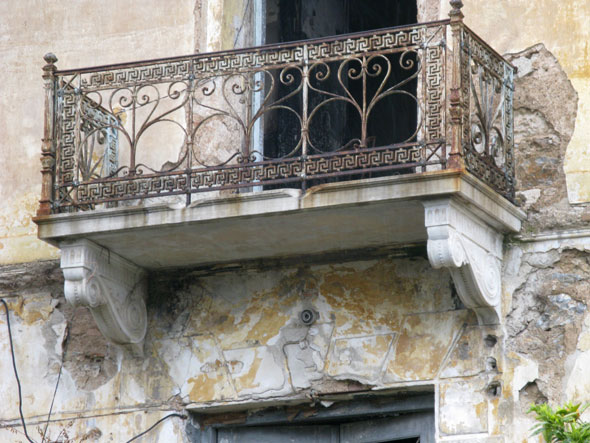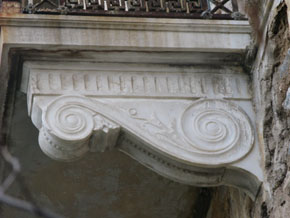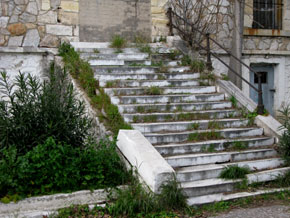ARCHITECTURAL REVIEW
08 October, 2010
The old 401 Military Hospital
An old historical hospital: a little-known oasis in the centre of Athens.
In the very centre of the chaotic modern city of Athens, adjoining the Naval Hospital and forming an extension of the open space known as Liberty Park (Parko Eleftherias), there exists a delightful piece of land containing fifteen old stone-built edifices that blend harmoniously with the rather unusual setting. The stone paving, the imposing marble stairs and the alleys bordered with ancient trees are strongly reminiscent of an old-time military camp.
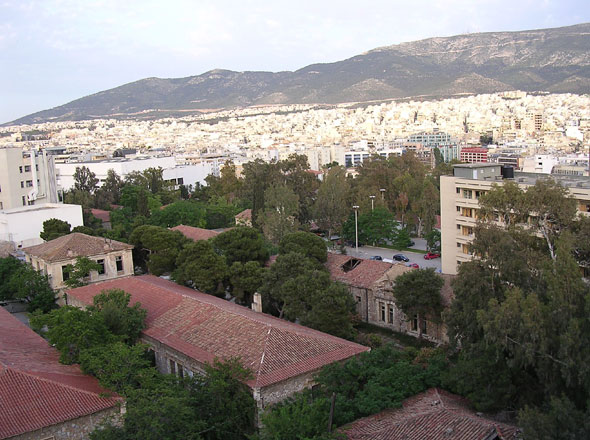
This piece of land, covering an area of approximately two-and-a-half acres, used to be occupied by the 401 Military Hospital. Entirely secluded and inaccessible from the side of the neighbouring buildings, it is shielded, on the side of busy Deinokratous Street, by a high wall that shuts out the noise and bustle of the city and conceals it from the eyes of passers-by, who are not even aware of its existence. The historical military hospital was ceded by the Ministry of Defence to the Church of Greece in 1971, in exchange for a piece of land in Varkiza.
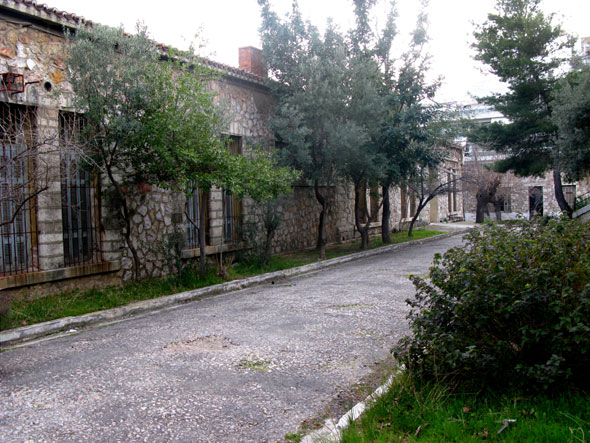
For those who may not know the facts, we present here a brief summary of the history of the broader area and of the old hospital buildings it enclosed.
This area which extended as far as Dorylaiou Street, and which was known as the "Military Barracks", was used, since 1877, to house the operational centre and military installations of the First Infantry Regiment, remnants of which are a certain number of the old hospital buildings, as well as the listed buildings of Liberty Park (Parko Eleftherias), of the Naval Hospital and of those retained by the Hospital established by the Army Fund (NIMITS).
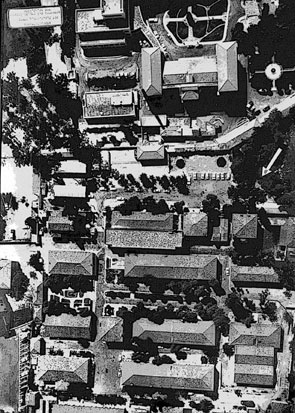
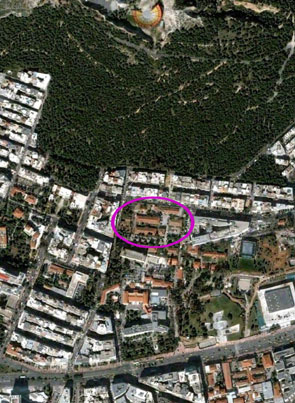
left: foto 1970 , right 2008
Between 1882 and 1897 a number of the buildings of the 401 Military Hospital were used as a Military School the educational standards of which were as high as those of the Military Academy, while in 1897, during the unfortunate war between Greece and Turkey, they served to care for the sick and wounded, as a temporary annex of the Military Hospital situated in the Makry-iannis quarter.
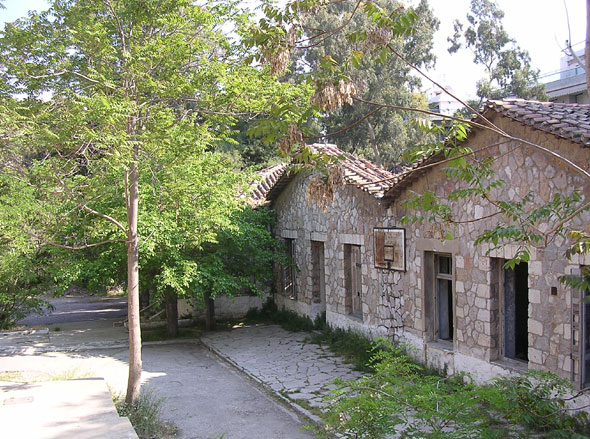
Between 1904 and 1971, it functioned uninterruptedly as the 'First Military Hospital" (1904-1945), after which it was renamed "401 Military Hospital' in 1945. It remained on this site until 1971, caring for the thousands of sick and wounded officers and soldiers of the Balkan Wars, the Macedonian Struggle, the Asia Minor Expedition, the battles against the invading Italian and German forces during World War II, and the military operations that took place between 1944 and 1949.
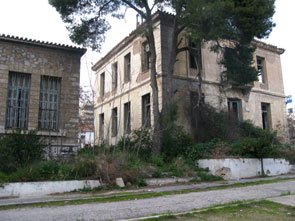
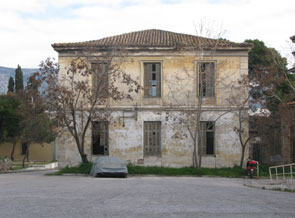
The manner in which these buildings were used provides us with valuable information as to the way nursing establishments functioned at that time, and also regarding the social concepts of past centuries, since they were constructed according to the French scientific conceptions of the period, which called for the construction of separate pavilions in order to avoid the spread of infections - which is the reason why "private physicians, especially those trained in France (i.e. Katakouzinos and others), insisted that they must be preserved, in the same way as are the buildings of the ancient Val de Grâce Hospital in Paris, because they constitute part of the history of Medicine."
Beyond their fascinating history, the buildings are also interesting from the architectural point of view. Small in size and plain in appearance, they are built of stone and covered with a tiled roof. The masonry is of dressed stone with rectangular cornerstones. The lintels over the windows and doors are of visible square-cuts stone that blend harmoniously with the surrounding ornamental frames, the arches with decorative stone margins and protective metal railings. They constitute, perhaps, the last surviving examples of the military-hospital architecture of the late 19th century, presenting such neo-Gothic-type features as the stone turrets or watchtowers on the corners. The expertly-planned layout that forms a single and unbroken unit, rare and un-paralleled in the centre of Athens, lends the place the air of tra-ditional army camp and the appearance of a garden city.
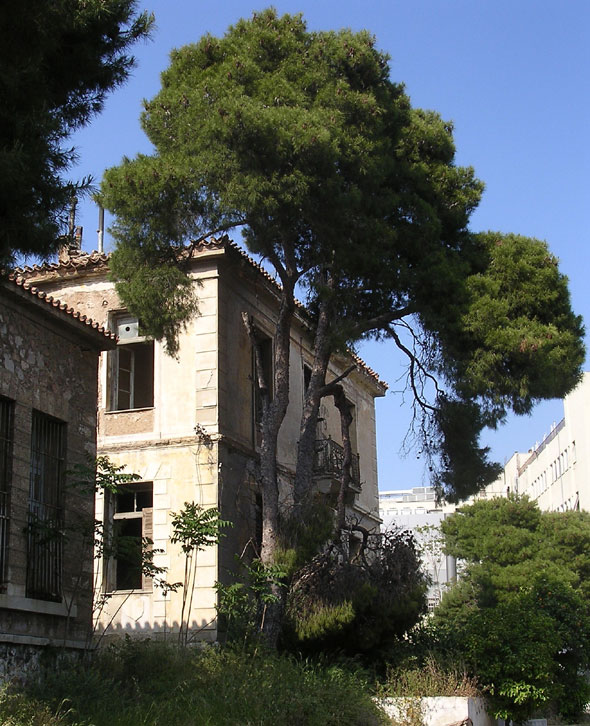
According to relative archives of the Town Planning Department, already in 1980 the Municipality of Athens, the 1st Council of Recent Monuments and the Athens Organisation (Organisation of the Regulatory Planning and Environment Protection of Athens), had begun a serious campaign in order to have the buildings of the old hospital, together with those of the adjoining Park with which they constitute a single whole from the point of view of history, architecture, construction, size, function and natural environment, included in the category of listed buildings. In spite of the fact that, in 1984, the competent Council had decided that the structures of the old hospital deserved to be preserved as well, the only buildings that were finally listed in 1997 as worthy of preservation were those of the Liberty Park (Parko Eleftherias).
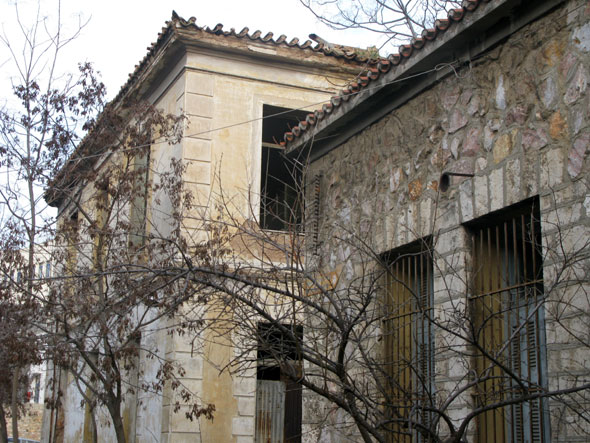
The efforts of the "Lycabettus Association" (an association for the protection of the district of Kolonaki and the belt around the Lycabettus Hill) aiming towards the preservation of this historical space at the foot of Lycabettus Hill, were intensified in view of the recent decision of the Church of Greece to construct a luxury hotel on the site, despite the fact that the General Town Planning Regulations of the city of Athens forbid the construction of a hotel or other building the use of which is not compatible with those expressly stated in the afore-mentioned regulations, namely as a green space within the city, with the existing buildings serving as a venue for educational or cultural activities. There already exists a decision by the Council of the State on a similar case, whereby the determination of the use of property, needs no further specification and is therefore binding (no. 4047/1999, Dept. E). Besides, our request for the preservation of these buildings and the environing space is supported by laws, such as Law no. 3028/2002 (on the Protection of Antiquities and Cultural Heritage in General), other relevant decisions of the Council of the State as well as international agreements such as the Granada Agreement (?2039/1992).
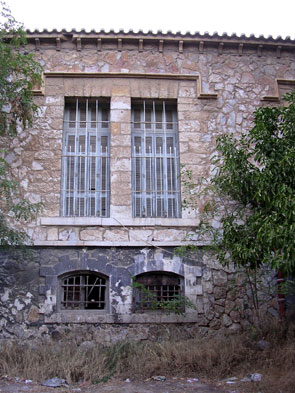
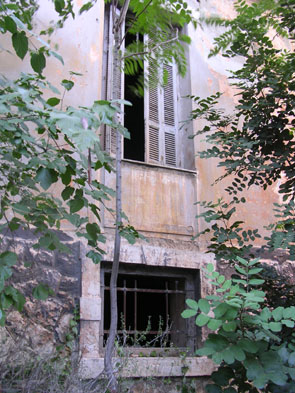
However, the issue remains pending since 2002, despite the fact that relevant reports have been submitted to the Ministry of Culture, which has studied them without effect to date, and to the Ministry of Environment, Town Planning and Public Works which has not even deigned to inform us as to the course of our case.
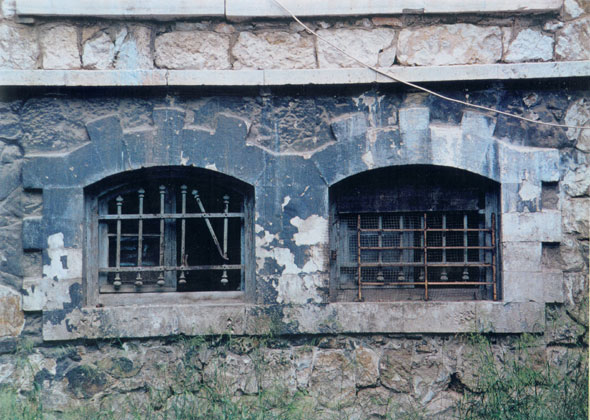
In the meantime, in contrast to similar buildings in Liberty Park itself (Parko Eleftherias) and the Goudi Park which have been renovated and are being used at present as museums, art galleries or venues for exhibitions, the historical buildings of the Military Hospital are rapidly falling into ruin, owing to the ravages of time and the indifference of the competent authorities.
After so many years of efforts and campaigning, we urgently request that the competent Ministries and the Municipality of Athens offer a lasting solution. The destruction of this space will upset the harmonious relationship between architectural wealth of the buildings and the natural environment and will constitute a huge mistake that will affect not only the area, which is already burdened with bulky constructions, but the entire city of Athens as well.
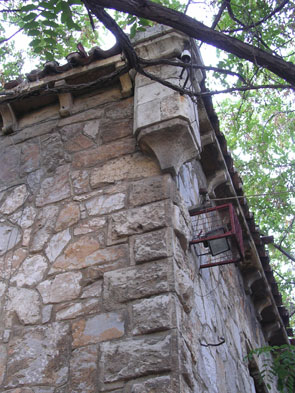
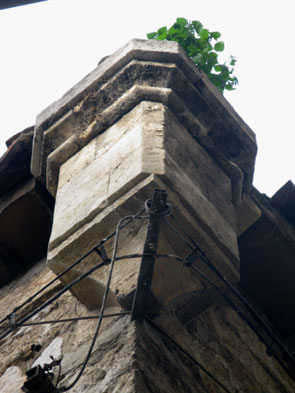
In our fight for the salvation of the historical buildings and the space as a whole, we have the support of a great many public and private organisations, including that of the Council of Recent Monuments, the School of Architecture of the National Metsovion Polytechnic University, the Organisation for the City Planning and Protection of the Environment of Athens (ORSA), the Greek Society for the Protection of the Environment and the Cultural Heritage, the Architects' Association, the ICOMOS (the Greek Branch of the International Council of Monuments and Sites), and the Association of Greek City Planners and Land Planners (SEPOH).
